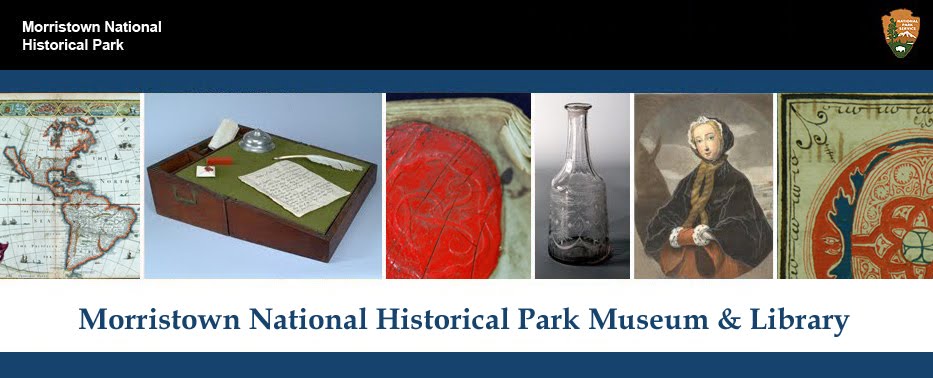

Morristown National Historical Park in Morristown, New Jersey, is well known as the site of the Continental Army encampment during the terrible winter of 1779-1780. While there were earlier and later encampments in the area during the American Revolution, it is the 1779-1780 encampment that conjures the most interest, devotion, imagination, and debate. We are all naturally drawn to scenes of perseverance; scenes of human endurance against immense odds when the stakes are so high. Such scenes of course occurred at Morristown in 1779-1780, when the Continental Army faced the worst winter in recorded memory with little or no assistance from their civilian leaders in Congress or from the local population.
 Such was the memory of that suffering, hardship, and
fortitude that Morristown was chosen as the site of the first National
Historical Park in 1933. Since that time, the National Park Service (NPS) has
striven to ensure that the story of that terrible time be told and remembered
following the best scholarship available and within the boundaries of best
museum practices. Yet, while the professionals at the NPS toil on decade after
decade, there has been an entire side-business in embellishing, or enhancing,
the story as it exists in an effort to make it just a bit more heroic, a bit
more representative; pushing the historical envelope to find the limits of what
the public will bear in terms of their history. In short, these practitioners
engage in what can only be termed Poetic License.
Such was the memory of that suffering, hardship, and
fortitude that Morristown was chosen as the site of the first National
Historical Park in 1933. Since that time, the National Park Service (NPS) has
striven to ensure that the story of that terrible time be told and remembered
following the best scholarship available and within the boundaries of best
museum practices. Yet, while the professionals at the NPS toil on decade after
decade, there has been an entire side-business in embellishing, or enhancing,
the story as it exists in an effort to make it just a bit more heroic, a bit
more representative; pushing the historical envelope to find the limits of what
the public will bear in terms of their history. In short, these practitioners
engage in what can only be termed Poetic License.
Read more of Dr. Jude Pfister's article in the March issue of
>Garden State Legacy<
>Garden State Legacy<
Pfister, Jude. "Morristown National Historical Park and The Literary Imagination." Garden State Legacy. Issue 31. Mar 2016.

No comments:
Post a Comment